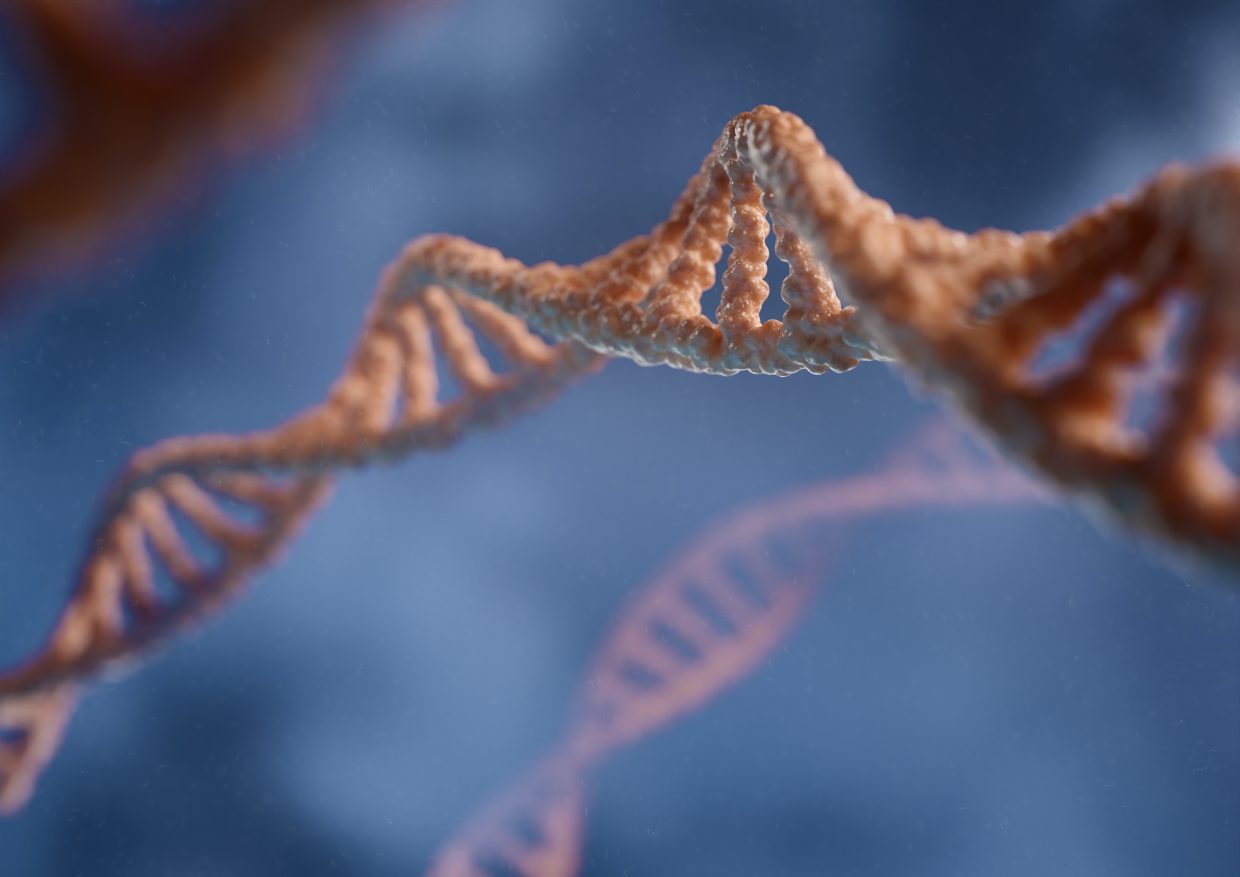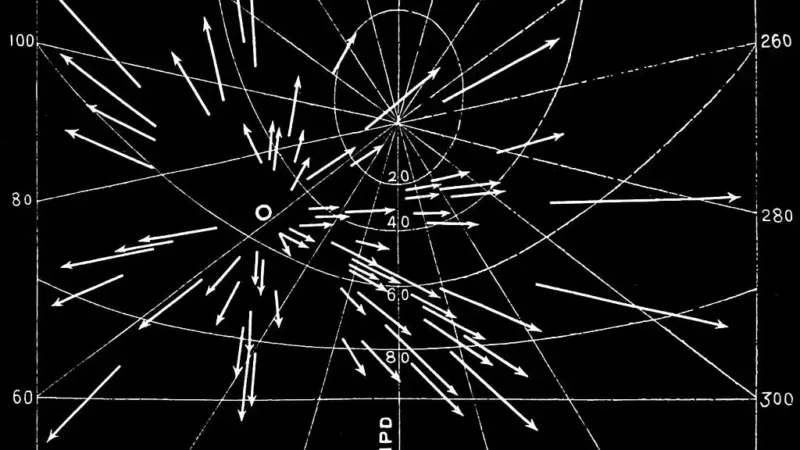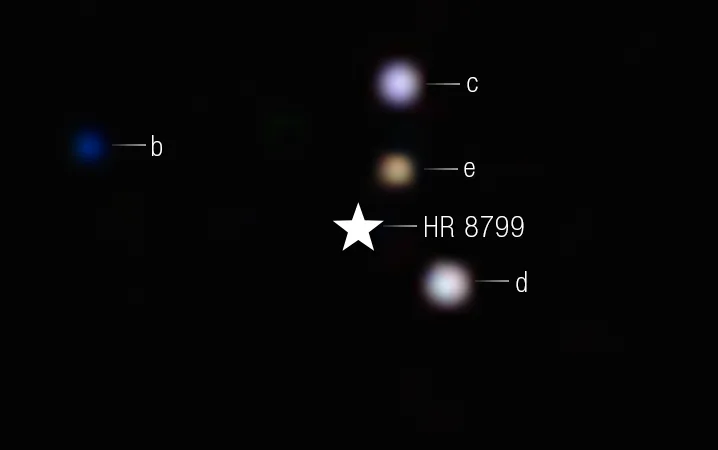Scientists Uncover the Link Between Math and Evolutionary Genetics

Mathematics, often seen as an abstract and complex subject, reveals its beauty in the natural world. Researchers have recently made an intriguing discovery, linking one of the purest forms of mathematics, number theory, to the mechanisms that govern the evolution of life on a molecular scale.
The Beauty of Number Theory in Nature
Number theory, which encompasses arithmetic functions like multiplication, subtraction, division, and addition, illuminates the abstract relationships between integers. Many of us are familiar with number theory, showcased in the famous Fibonacci sequence that can be found throughout nature in pinecones, pineapples, and sunflower seeds.
Dr. Ard Louis is a mathematician from Oxford University. He explains that the beauty of number theory lies not only in its abstract relationships but also in the deep mathematical structures it uncovers in the natural world. The researchers, led by Dr. Louis, were particularly interested in mutations, the genetic errors that occur over time and drive evolution.
Mutations and the Process of Evolution
Mutations can range from single-letter changes in a genetic sequence to having no observable effect on an organism’s appearance or traits. These neutral mutations, although appearing insignificant, are indicators of the ongoing process of evolution. Over time, mutations accumulate and create genetic relationships between organisms as they gradually diverge from a common ancestor.
While evolution relies on mutations, organisms also need to maintain their characteristic traits. This requires the ability to tolerate some mutations while not disrupting the organism’s phenotype. This phenomenon, known as mutational robustness, contributes to genetic diversity and can be observed even in the proteins within cells. Research has shown that proteins can tolerate around two-thirds of random errors in their coding sequences without affecting their final shape.
Mutational Robustness in Proteins and RNA
Dr. Louis and his colleagues aimed to investigate the maximum level of mutational robustness and if there was an upper limit. They focused on protein folding and small RNA structures as examples of how a genotype maps to a phenotype. Through numerical simulations, they discovered that mutational robustness can reach its maximum limit in naturally occurring proteins and RNA structures.
Mathematical Pattern in Nature’s Maximum Robustness: Interestingly, the maximum robustness followed a self-repeating fractal pattern called a Blancmange curve. It was proportionate to a basic concept of number theory known as the sum-of-digits fraction. This finding suggests that nature can achieve the exact maximum robustness bound. It seems biology is aware of the fractal sums-of-digits function.
Once again, mathematics proves to be an essential component in understanding the natural world. Although this is at the microscopic level. This study, published in the Journal of The Royal Society Interface, provides further evidence of the profound relationship between mathematics and evolutionary genetics.
Related:
Study Show Neanderthal Influence on Modern Human Nose Shape






